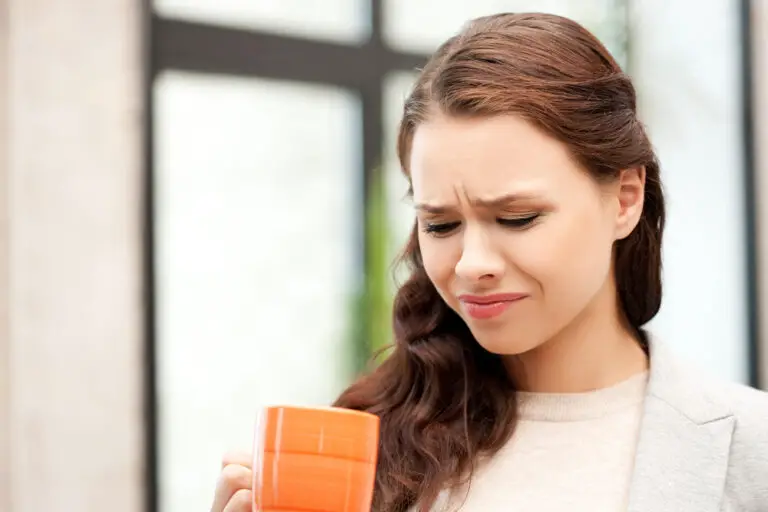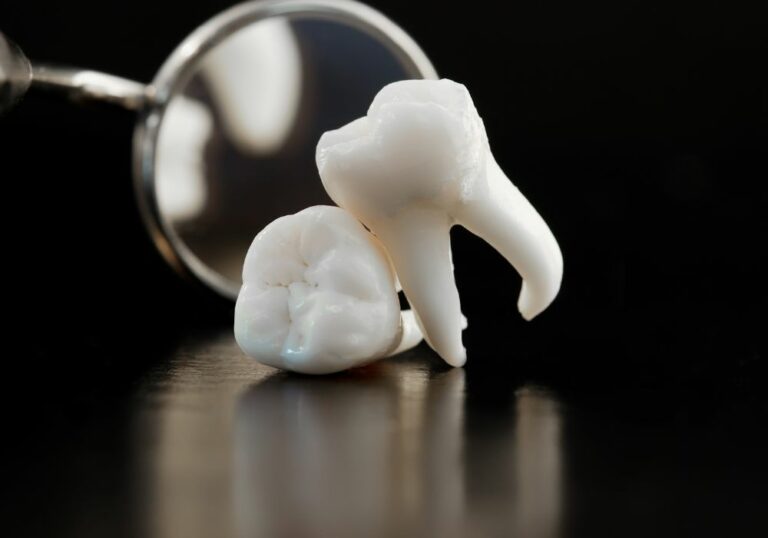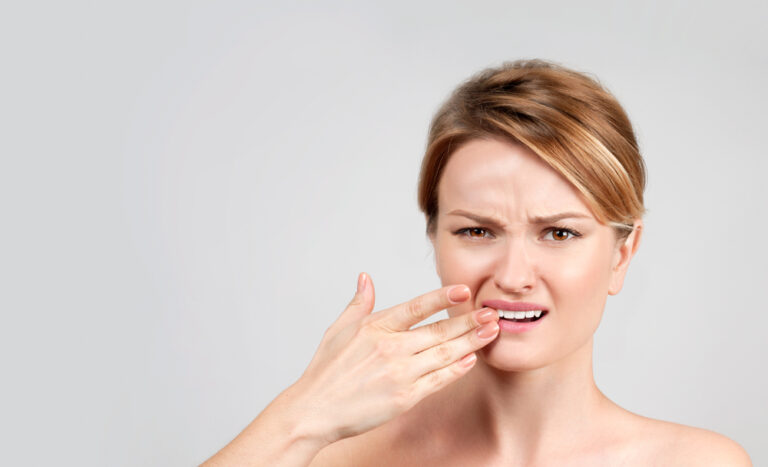How many teeth do snails have? If you asked most people this question, they’d probably presume it was none. These slimy creatures don’t look as though they have a fearsome bite, nor do they look like the type of animal to catch prey.
However, the real answer will come as a huge surprise to many. Here we’ll look at how many teeth snails have while also looking at why they need teeth and what it means for their feeding habits. Let’s take a look!
How Many Teeth Do Snails Have?
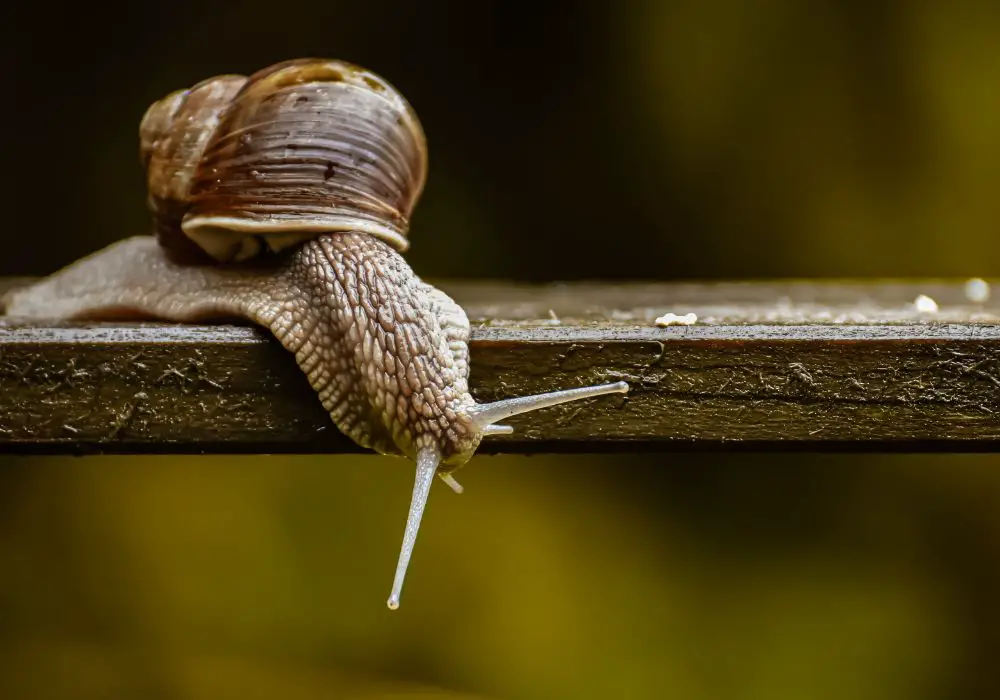
The exact amount depends on the species, but snails have a huge number of teeth. It is said some species have as many as 20,000, with the smallest number of teeth from any species being around 2,000.
What about that cute little snail that you’ll find in your garden? Well, common garden snails have around 12,000. If you think this is a lot, it is! Only the Umbrella Sea Slug has more with a mind-blowing 750,000 teeth.
Why Snails Have Teeth
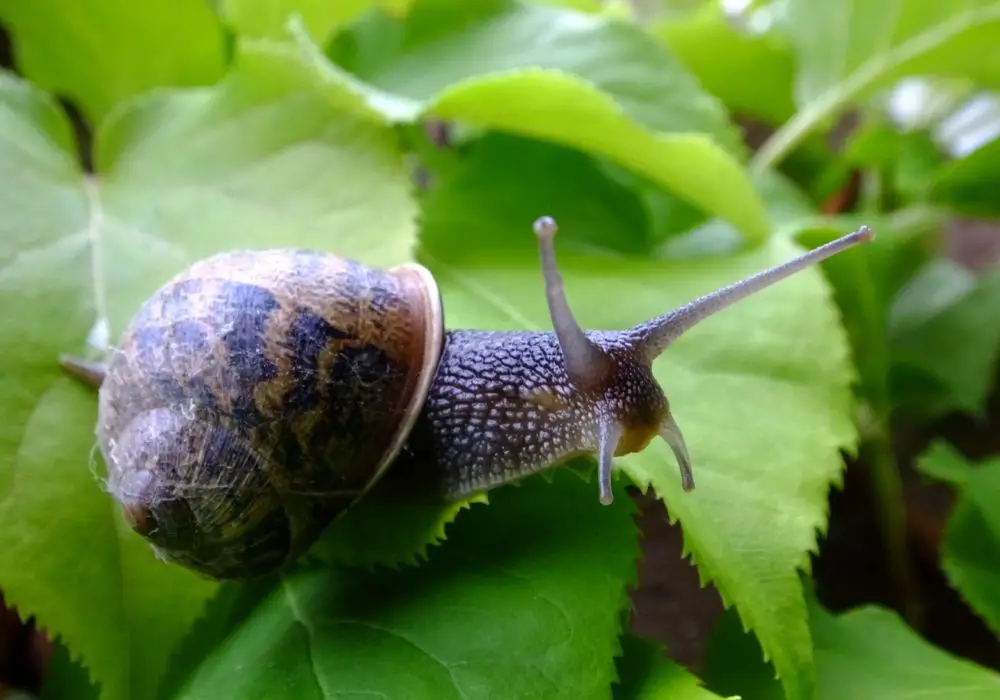
Snails are notoriously slow creatures, and you may think they’d have no use for teeth. The reality is that they use their teeth differently than many other animals, including humans. You may also be surprised to know that some snails aren’t just herbivores either!
Snails use their jaws to collect food into their mouths, but that’s not where their teeth are. Instead, the teeth are on their radula. This is a snail’s version of a tongue that is quite long in relation to the rest of its body.
As you can imagine, it uses this long tongue to scrape off any organic matter that it needs. You can think of this tongue as a small strip of sandpaper. It can very quickly break down whatever it’s trying to eat, which can often include worms.
With such a huge number of teeth in such a small area, you can probably guess that these teeth are very small. They are so minuscule that you can only see them under a microscope.
Can a Snail Bite?
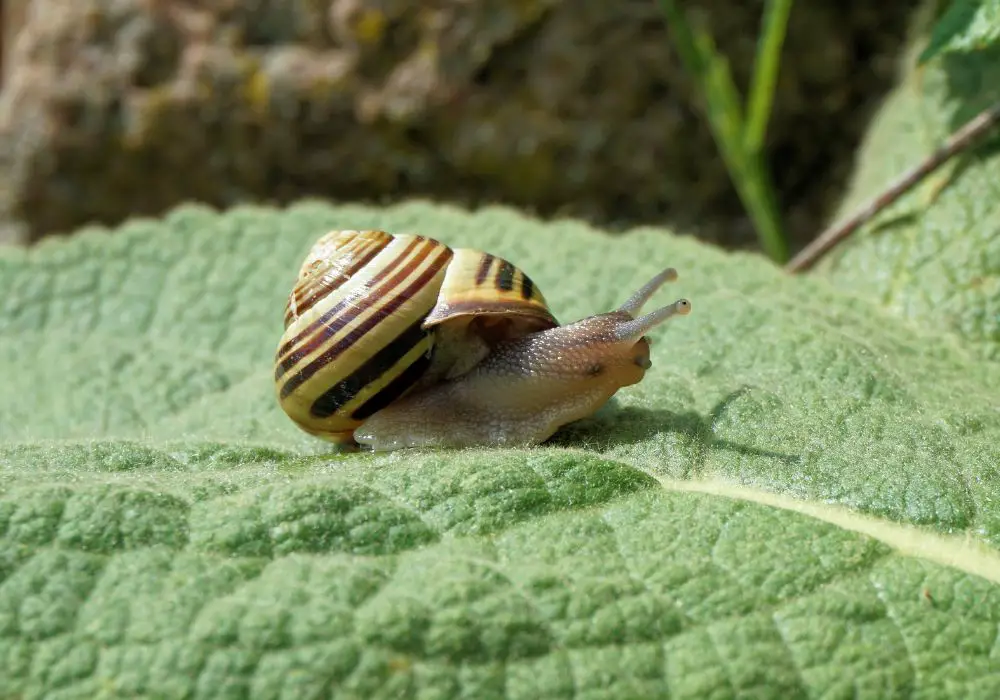
Now that you know a snail has a lot of teeth, you’re probably wondering whether or not they can bite you! The answer depends on your definition of what a bite is.
A bite can be defined as something using its teeth to cut into or through something. With this definition, a snail can kind of bite you as it can use its teeth to cut into your skin and scrape it. In reality, this won’t feel like a bite at all.
With something as small as a garden snail, it’s likely that you’d never feel their tongue on your skin as their teeth as so small. Also, a snail is going to be scared of a giant person being so close to it and the last thing it’ll be thinking about is trying to bite you.
However, what if you were bitten by the biggest snail in the world? That would be the Giant African Snail which can grow about as large as your whole hand. Even on this scale, their radula would only feel like a tiny scratch and nothing that is going to cause harm. And even then, they don’t bite humans.
What Do Snails Eat?
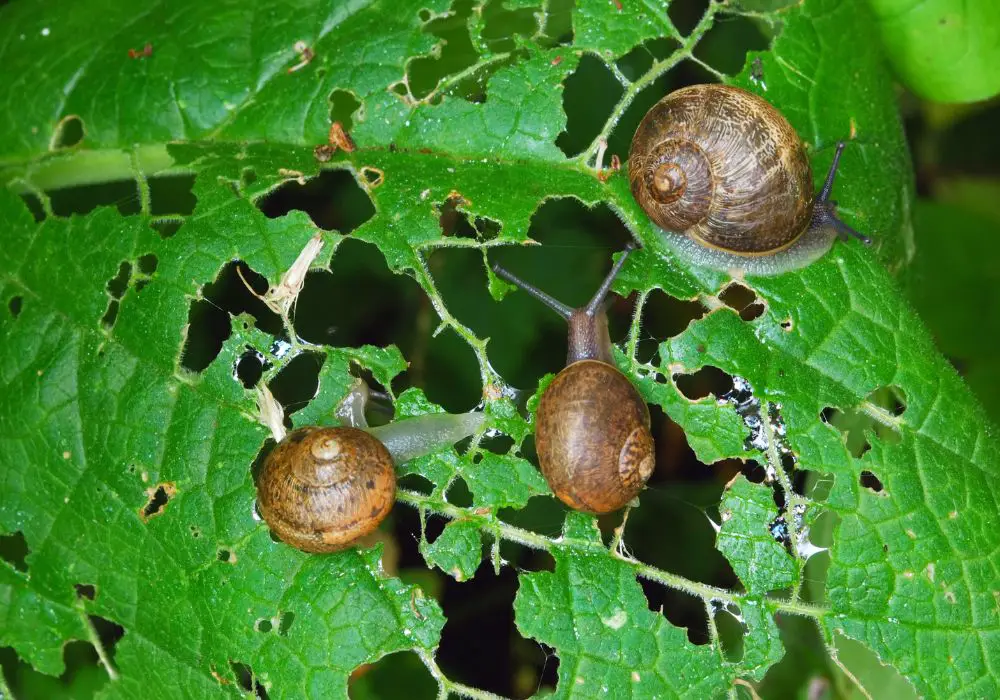
You may think a snail’s diet would be quite simple but that’s not the truth at all. Not only can a snail’s diet vary but it can also change significantly from one breed to the next. This makes sense when you consider that snails can live in many different environments.
For example, there are your simple garden snails which will often eat plant materials and vegetation which is what you probably expect from a snail. However, many land snails will eat large insects such as earthworms and some marine snails can even hunt fish.
You can probably start to understand why snails need so many teeth! Whatever meal they have, they’ll use that radula to scrape it into their mouths. As mentioned, is radula is like a tongue but it’s also where they have their teeth.
By now, you may well be wondering how a docile snail can catch any prey. The answer is that many snails are venomous. While the snails themselves may be very slow, they can shoot out this venom very quickly to paralyze prey, which they can eat with those sharp tongues.
Marine snails will often do this to very small fish. Once the venom has got to work, their tongue is like very rough sandpaper. Very quickly that fish gets shredded, and the snail will have a nice, tasty meal.
But it’s not just marine snails that are capable of killing prey. Land snails can kill too but instead of using venom, they wait until the likes of a worm are close enough to rapidly deploy their tongue and hold on tight!
Interesting Facts About Snails

Now you know how many teeth snails have, you may be wondering if there are any more interesting facts about these curious creatures. We’ve got them all right here!
1. There Are Many Species of Snails
The reason we had to be quite vague about how many teeth they have is because there are so many different species! There are over 40,000 that we know of with all of them having a slightly different set of teeth. The exact number of species is unknown, so it may be well above that 40,000 figure.
2. They Can Live Anywhere
Another fact that surprises many about snails is that there are species that can live on land, saltwater, and freshwater. So, it doesn’t matter where you are in the world, there will be a species of snail that is perfect for that environment.
Sea snails are usually quite large and can have a variety of beautiful shells, many of which people love to collect. Freshwater snails are usually much smaller and many fish keepers love keeping these in their aquariums as they help to keep the tank clean.
3. A Huge Range of Sizes
As we’ve alluded to, snails can come in all shapes and sizes with the largest of them all being a land snail called the Giant African Snail. The largest ever found was recorded as being over 15 inches long. These have beautiful shells but will destroy any plant they come across!
At the other end of the scale, we have the Angustopila psammion which was only recently discovered in a cave in north Vietnam. These snails are around the same size as a grain of sand which shows the incredible size range of these animals.
4. They Are Gastropods
Are snails insects? Or perhaps they are reptiles or amphibians? The answer is that they are none of these and are instead regarded as gastropods. They are a form of mollusk that unsurprisingly also includes slugs and whelks.
Along with being gastropods, they are also invertebrates considering they don’t have a spine. Instead, they have that shell for protection.
5. Interesting Fear Response
It’s that shell that gives them an interesting fear response. Like turtles, they will retract into their shell when they sense danger as they aren’t able to protect themselves otherwise. They will also retract into their shells if they get too hot and need to cool off.
6. Many Are Hermaphrodites
If you didn’t know, a hermaphrodite is any creature that has both male and female reproductive organs. Many species of snails have both sperm and the ability to carry eggs, which is very impressive. This includes those snails that you’ll find in your garden.
While most are hermaphrodites, not all of them are. The ones that aren’t are usually freshwater snails which have a more definitive gender.
7. Their Shells Grow
It would have sense to think that a snail would be like a crab whereby they discard their shell when they grow out of it and make a new one. Instead, their shells will grow as they do and gradually get bigger, which is why they have that beautiful spiral shape.
Snail shells are beautiful constructions and they will gradually add mineral deposits to them, making the opening larger as they age and get bigger.
8. They Can Race
Many people love watching a snail race! While this may not sound interesting, it can be good fun. Garden snails are typically used for this and they even host world championships for it.
The races are usually held on a damp board which is usually around 13 to 14 inches long. The world record for such a distance is around two minutes long which was set in 1995 by a snail called Archie.
Conclusion
As a surprise to many, snails have a huge number of teeth with the exact number depending on the species. At a minimum, some species have around 2,000 but the maximum is thought to be all the way up to 20,000 teeth.
These teeth are situated on their radula, their version of a tongue, which they use to scrape off their food. Now you know all about snail teeth along with many other facts about these magnificent creatures.

